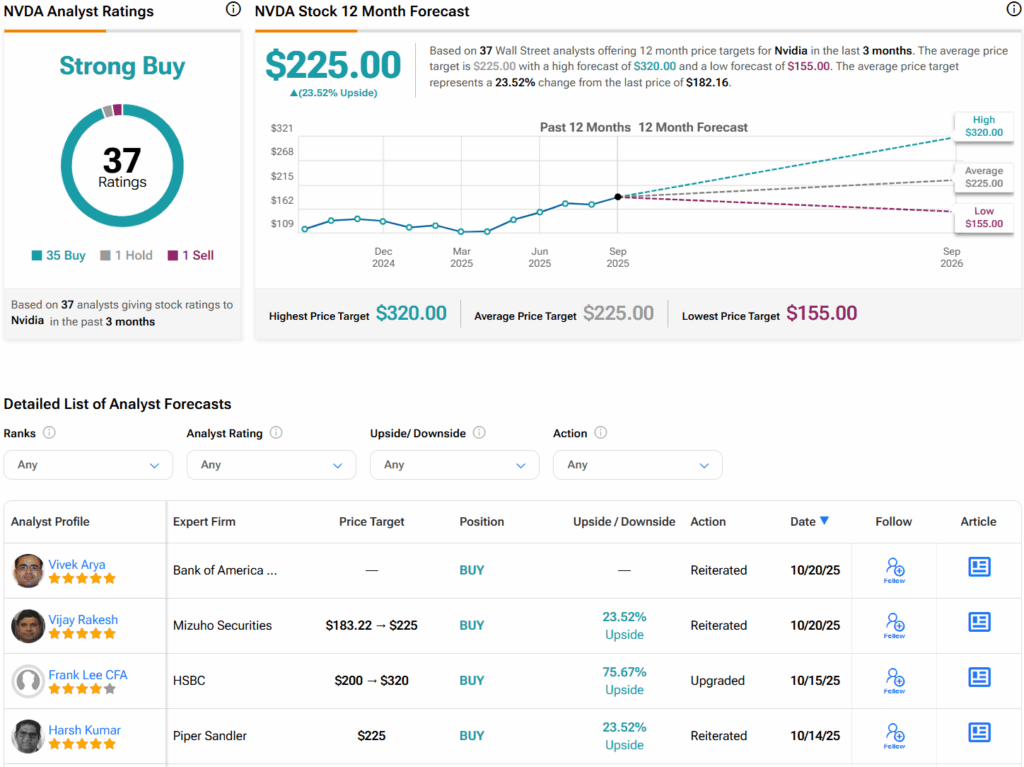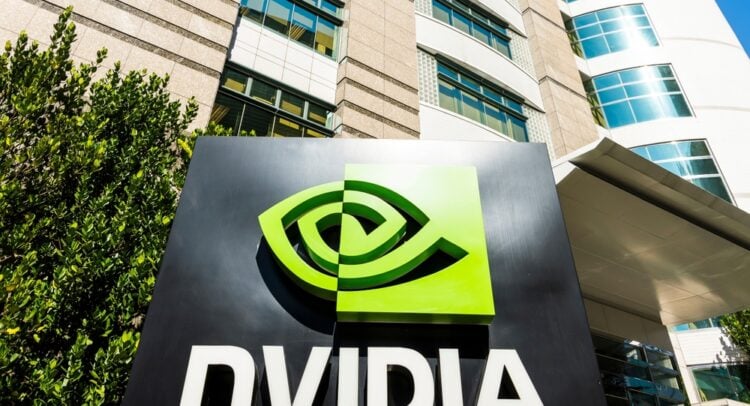Shares of ride-hailing company Uber (UBER) rose in Thursday’s trading session after chipmaker Nvidia (NVDA) confirmed that the two were working together to speed up the development of autonomous vehicles. More specifically, they are trying to improve AI model training by using Uber’s large collection of real-world driving data.
Elevate Your Investing Strategy:
- Take advantage of TipRanks Premium at 50% off! Unlock powerful investing tools, advanced data, and expert analyst insights to help you invest with confidence.
Interestingly, this collaboration gives Nvidia access to driving scenarios that include tricky conditions, such as airport pickups, complex intersections, and bad weather. By using this dataset, Nvidia is able to post-train its Cosmos World Foundation Models, thereby allowing it to improve safety for future self-driving applications. In addition, the project relies on Nvidia’s powerful cloud computing platform to efficiently process the data.
It is worth noting that Nvidia has been putting a lot of effort into improving robotics technology. For instance, it recently backed a startup named Lila Sciences that is working to create “scientific superintelligence.” Lila Sciences plans to accomplish this by building facilities that use AI-controlled robotic tools to run experiments around the clock.
What Is a Good Price for NVDA?
Turning to Wall Street, analysts have a Strong Buy consensus rating on NVDA stock based on 35 Buys, one Hold, and one Sell assigned in the past three months, as indicated by the graphic below. Furthermore, the average NVDA price target of $225 per share implies 23.5% upside potential.

















